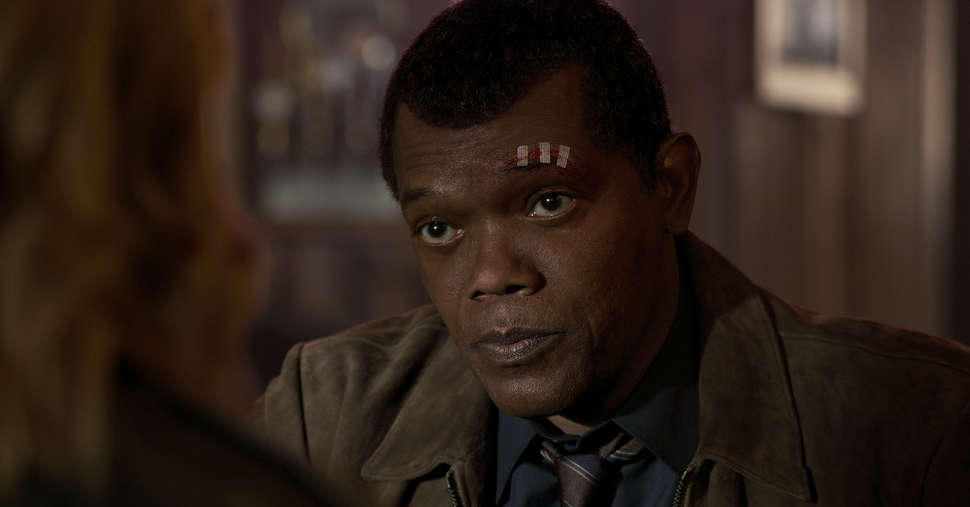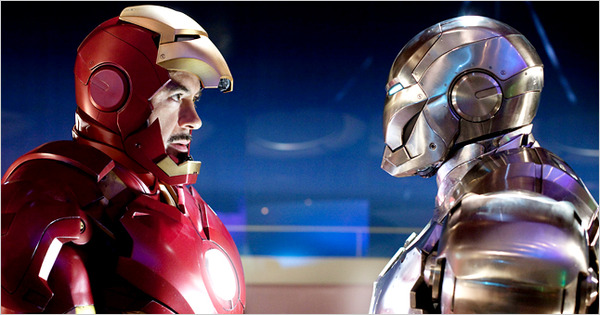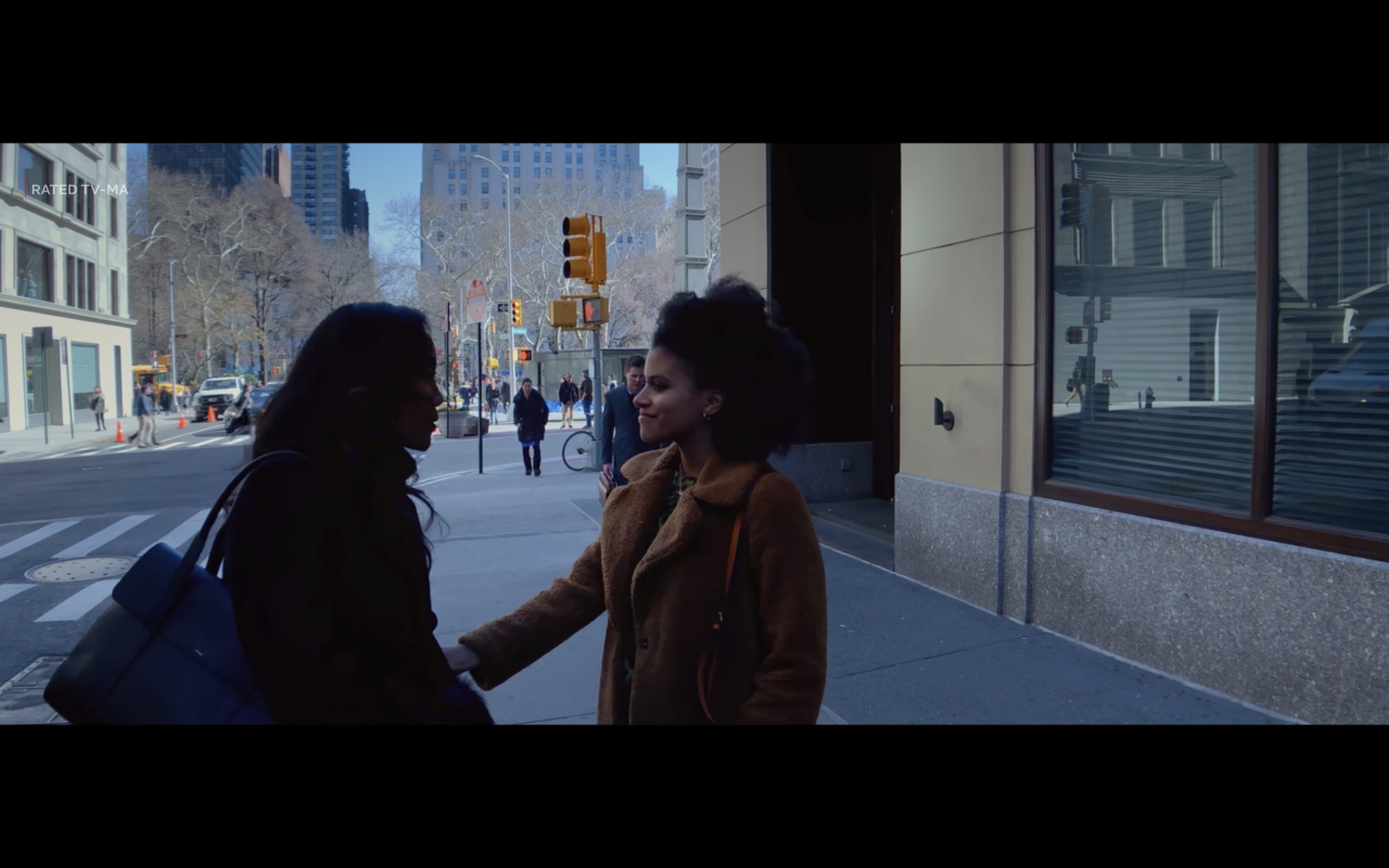
Filmmaking is a medium that defines itself by its ability to push the envelope, to make audiences suspend their disbelief, and to allow us to disengage from the real world for a couple of hours. The best filmmakers take us on a journey — not always a literal one — and tell stories that linger in our minds long after the credits roll. But behind every Jordan Peele-level genius, is a whole range of technology tasked with turning a filmmaker’s imagination into images projected across a screen.
The film industry is in a constant search for innovative and groundbreaking technologies with the aim to dazzle audiences and make the process of filmmaking more manageable. When digital cameras hit the scene it wasn’t because they were inherently better at capturing motion — some would argue digital still doesn’t hold a candle to film — but because it made movies cheaper to make, easier to edit, and more convenient to reproduce. This is an industry that depends on technology to keep it vital (and keep budgets in check).
From tech that allows us to reach heights we’ve never been to digital makeup effects that turn “aging out of a role” into a thing of the past to 3D printer-made camera parts that level the playing field between studios and amateurs, these are the products and ideas in use or on the horizon that are sure to change the game.
Autonomous Drones

The use of aerial drones is already a prevalent practice in the filmmaking industry. Movies like Jurassic World Fallen Kingdom or the latest entry in The Fast and The Furious franchise rely on a drone’s ability to reach previously unreachable camera locations and capture angles that help to make a movie a more immersive experience. But drones still require human operators and tons of planning in order to avoid issues like collisions and to compose shots that jibe with the aesthetic sensibilities of humans — at least for now.
Researchers at MIT’s Computer Science and Artificial Intelligence Laboratory are already in the midst of working on an aerial drone-based system that will enable directors to specify everything from the orientation of a shot, to on the fly preservation and framing as an actor moves in real time, all while avoiding collisions, capturing the director’s intention, and keeping equipment safely intact.
The system — as explained by Javier Alonso-Mora, one of the authors of a paper accompanying the tech — “continuously estimates the velocities of all of the moving objects in the drone’s environment and projects their locations a second or two into the future. This buys it a little time to compute optimal flight trajectories and also ensures that it can recover smoothly if the drone needs to take evasive action to avoid collision.”
In experiments with the technology so far, the MIT researchers had subjects repeatedly attempt to collide with a camera-operating drone equipped with the new system, only for the drone to avoid collision and resume prescribed framing completely without fail.
De-Aging Through Digital Makeup

One of the reasons Solo: A Star Wars Story didn’t manage to meet expectations at the box office was because audiences just couldn’t get comfortable with the titular character being played by anyone other than Harrison Ford. But considering the movie followed the adventures of a much younger Han Solo than today’s 76-year-old Harrison Ford could believably play, a recast was unavoidable.
In the future, things might be different. Filmmakers aren’t settling for a recast if it means suspending the audience’s disbelief, instead opting to use digital makeup effects like those created by Industrial Light & Magic to virtually de-age their actors, enabling them to tell stories that span wide time frames or franchises that have characters that show up in multiple decades. Most recently, we’ve seen this technology used to great effect in this year’s Captain Marvel where Samuel L. Jackson reprised his role as Nick Furry, despite the movie being set in the 1990s when the character would’ve been much younger.
Even legendary auteurs like Martin Scorsese are now embracing the technology. Scorsese’s upcoming film The Irishman is a decades-spanning story of a hitman with a cast that includes Robert De Niro, Al Pacino and Joe Pesci playing de-aged versions of themselves for the film’s first half. While we still haven’t seen footage from The Irishman, if a filmmaker as respected as Scorsese is already embracing digital de-aging than it’s only a matter of time before the technology becomes more convincing and its use becomes widespread.
3D Printing

3D printing might just be the biggest technological innovation we’ve experienced in a decade. Its use has proved extremely helpful in a number of fields — from the medical industry to sneaker design — and it will probably be the single biggest game-changer in the film industry since the shift from film to digital.
Filmmaking is prohibitively expensive, all the equipment it takes to shoot a film consumes a considerable amount of a film’s budget, making filmmaking challenging for those who don’t have a big budget and studio backing. But for prices averaging under $300, anyone could purchase a 3D printer that is capable of printing a whole host of useful and expensive film gear. Everything from camera rigs to follow focuses to grips and glide cams can be easily printed from a 3D printer, which will absolutely level the playing field of filmmaking in a big way.
Now independent filmmakers will have easier access to the type of technology that creates such a big divide between small and big-budget films, helping to bridge the gap for creative voices that don’t have a big budget platform or the type of connections and resources necessary to pull funding for a shoot together.
3D printing has already been used to great effect in regards to the making of props, like the work done by design studio Legacy Effects, whose Jason Lopes used the technology to create Iron Man’s suit, allowing the filmmakers to avoid the use of heavy CGI which caused the suit to be tangible and appear more believable.
Smartphone Technology

As you read this, you likely have a device just sitting in your pocket that is completely capable of making full-length feature films. Amateur filmmakers and DIY artists have been using smartphones to make films for years now, such as the independent film Tangerine, which utilized three iPhone 5s cameras to capture the action. As smartphone technology improves on a near-annual basis, it’s enhanced resolution and light-capturing capabilities are beginning to rival even traditional camera rigs.
2019 brought us what is perhaps the most high-profile iPhone-shot film in Steven Soderbergh’s High Flying Bird, which utilized the small-size and convenience of the iPhone to bring the streets of New York City to life by allowing Soderbergh to shoot without the crowd control that traditional filming would’ve required.
With the advent of special smartphone-sized camera tech like gimbals and interchangeable lenses, smartphones are becoming more capable and starting to be taken seriously amongst professional filmmakers. Advances in smartphone technology is yet another way that filmmaking is going to become more accessible in the near future.
Ultra HD 4K 3D VR Cameras

As we mentioned before, a great filmmaker takes the audience on a journey, but sitting in a crowded theatre and becoming engrossed in a film is one thing — being in the film, that’s a whole other ballpark. Thanks to advances in Virtual Reality technology and camera rigs like the Yi-Halo — a 3D-360 degree camera capable of capturing high fidelity 4K video — filmmakers are beginning to have the capability to craft completely immersive experiences that can be broadcast directly to a viewer’s VR-headset, giving the viewer the experience of being in the film.
The technology of 3D VR Cameras is still in the early stages, so no examples exist yet on how the tech will be used to enhance the movie-going experience, but you can be sure filmmakers are dreaming up ways to use 3D VR cameras to create truly unforgettable and genuinely immersive experiences.






